Partners in the Spotlight
Selected integrations
AXIS ACAP - Parquery in-camera
Fotokite - Parking & Traffic Surveys
Parquery works with ANY camera
On this page we have collected the answers to the questions we are most commonly asked by parking managers, facility managers and partners. If you can’t find the answers you are looking for, please contact us and we will be happy to reply to you directly.
Parquery’s Artificial Intelligence (AI) solution can detect any object in images from any camera, including those already installed, and boasts the following features:
Real-time parking occupancy, letting parking managers display availability to drivers via dynamic panels or smartphone apps;
Real-time alerts, when vehicles stay longer than authorized, exceed the purchased time, or park in reserved spots (for example spots reserved for electric vehicles, disabled people, etc.);
Statistics and structured analytics for parking usage for any parking zone within the monitored area, and for any period (days, weeks, months, etc.). All results can be downloaded and monthly reports be sent to facility managers upon request;
Customer support during pre-sale, setup or after the installation.
Here are some of the questions our clients and partners often ask.
Parquery takes privacy very seriously.
Our techniques comply with both, Swiss and European privacy laws (GDPR):
Furthermore, Parquery guarantees that no personal data is present in the images: Our solution automatically blurs visible pedestrians and vehicle number plates prior to image analysis to ensure data remains anonymous.
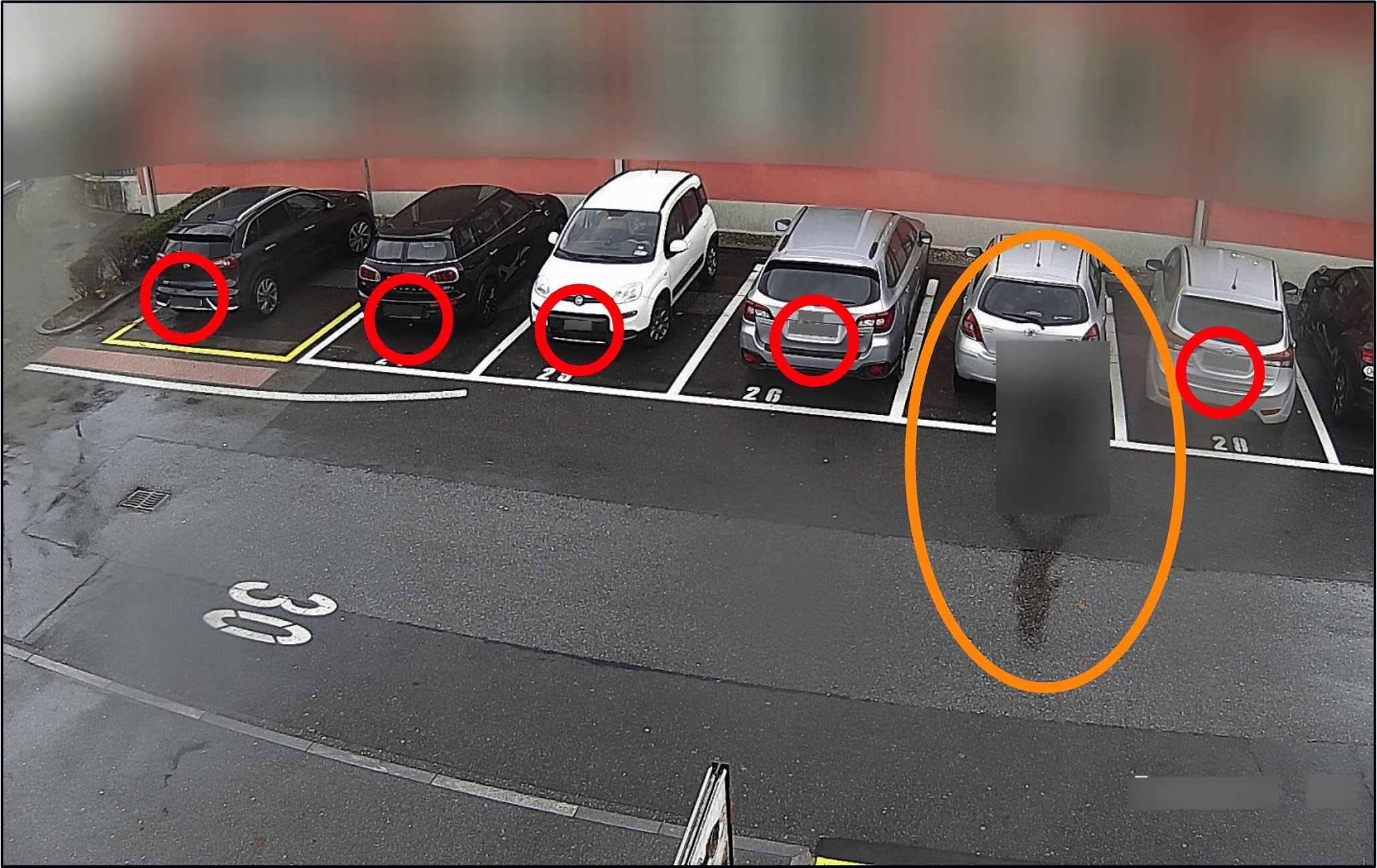
Learn more on how Parquery comply with privacy laws
Parquery works with both partners (distributors, camera installers, etc.) and end-customers (parking managers, facility managers, etc.).
Parquery's end-customers are parking managers or facility managers. They receive an interactive dashboard which supports them in understanding what happens on their premises. They are mainly interested in the following questions:
Parquery welcomes partners such as parking companies, system integrators, camera installers, and others. Parquery delivers real-time results to these partners via an Application Programming Interface (API). This API is simple and easy to integrate into any partner's portfolio.
Yes. Upon successful completion of a pilot project, Parquery can invite your company to join our Partnership Program and discuss the various possible forms of exclusivity.
For each parking lot, there is a suitable smart parking solution. In an introductory call we start by analyzing your needs and wishes. This helps us figure out if we’re the right partner for your project.
Within the PoC, we will develop a fully functional prototype that will enable you to see, check, and evaluate Parquery’s results for yourself: in your parking lot, integrated into your products, in real time, without commitment, and at little financial expenditure.
We will also assess the likelihood of success, which depends on the en-user’s requirements and preferences, the infrastructure in place (WiFi, existing light poles or tall buildings suitable for mounting cameras, etc), the options for installing such infrastructure, power supply options for the cameras, the environment (trees, other risks of occlusion, etc.), or privacy and data protection regulations in each country.
Find out more about how Parquery complies with the General Data Protection Regulation (GDPR)
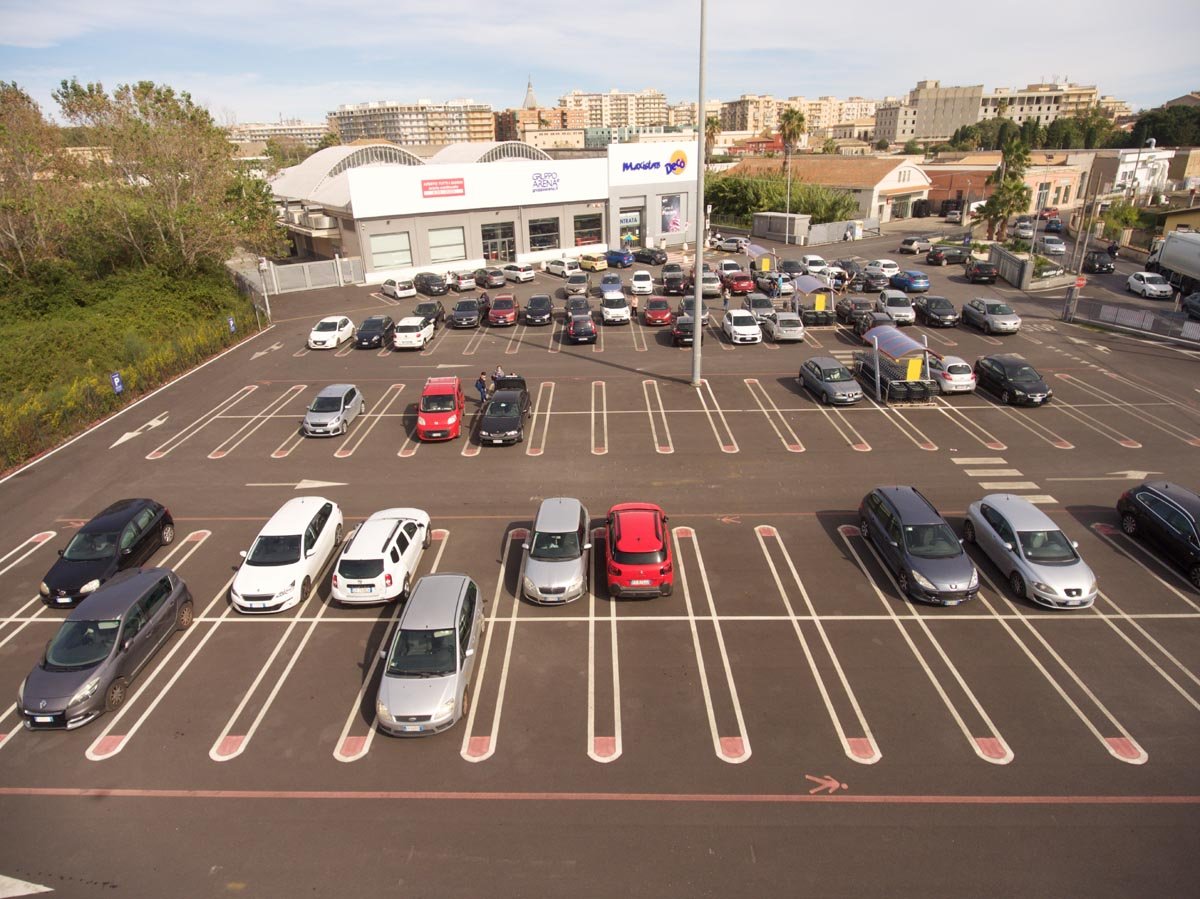
For more information on cameras or camera positioning, please contact one of our experts or refer to our dedicated page.
Yes. A 180-degree camera will work perfectly.
Learn more about our technical camera support
Learn how Parquery recommends ideal camera locations
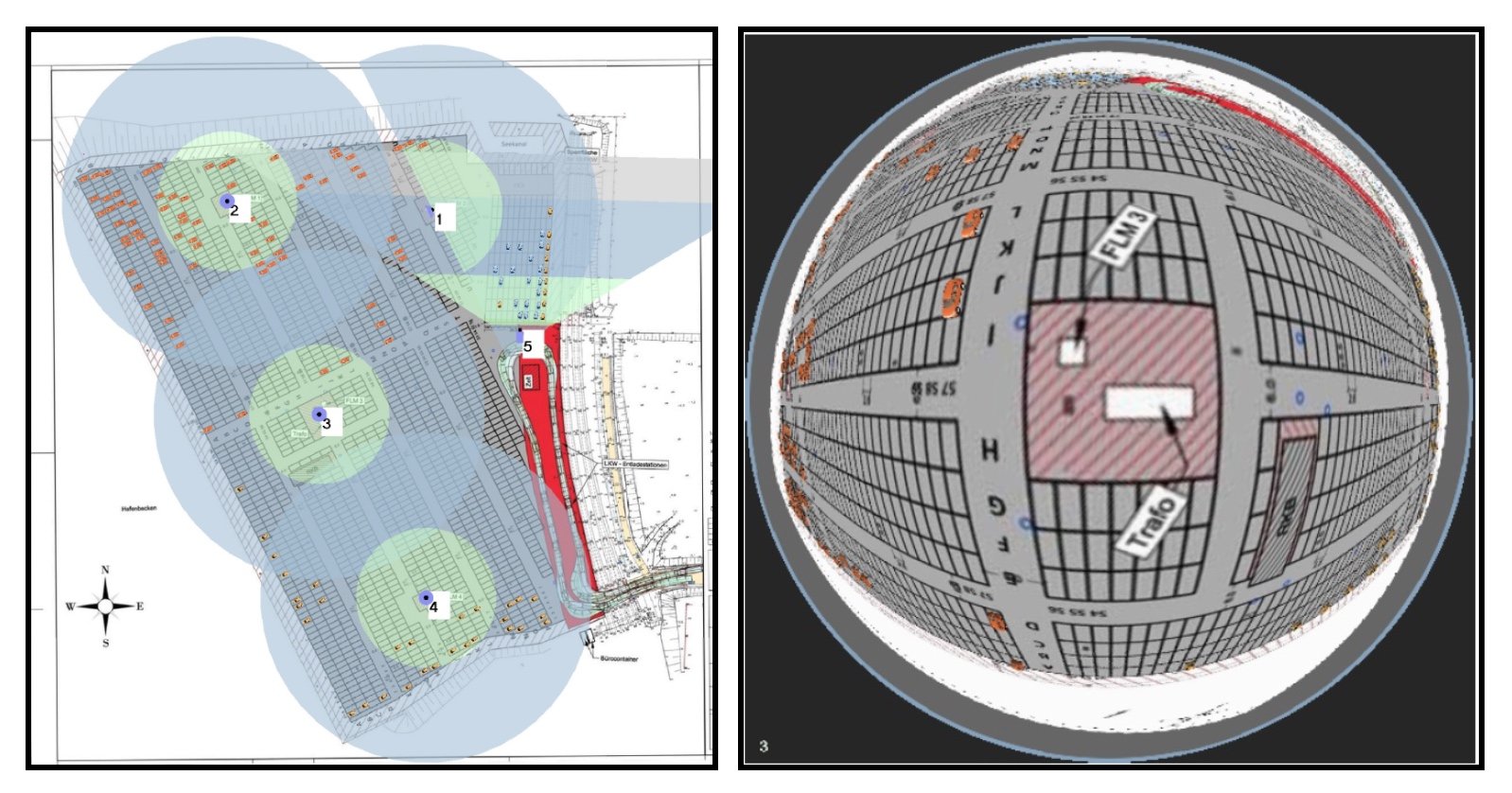
Learn more on Parquery's solution
Learn more on camera installation
Learn more on camera installation
The main principles for camera installation are:
Our expert staff will work with you and your chosen camera installers during the entire planning and installation process to ensure we find the optimal solution for your particular parking lot.
Learn how Parquery recommends ideal camera locations
If you want to use cameras that are already installed, give us a call and we can assess their suitability. Upon seeing a camera image, we will be able to tell you how many parking spots can be covered by the camera. We can also advise on alternative mounting locations if necessary.
If there are no cameras yet, Parquery will help you determine the number needed to cover the entire parking area and their ideal locations. We take into account potential edge cases.
Learn more on how to install cameras
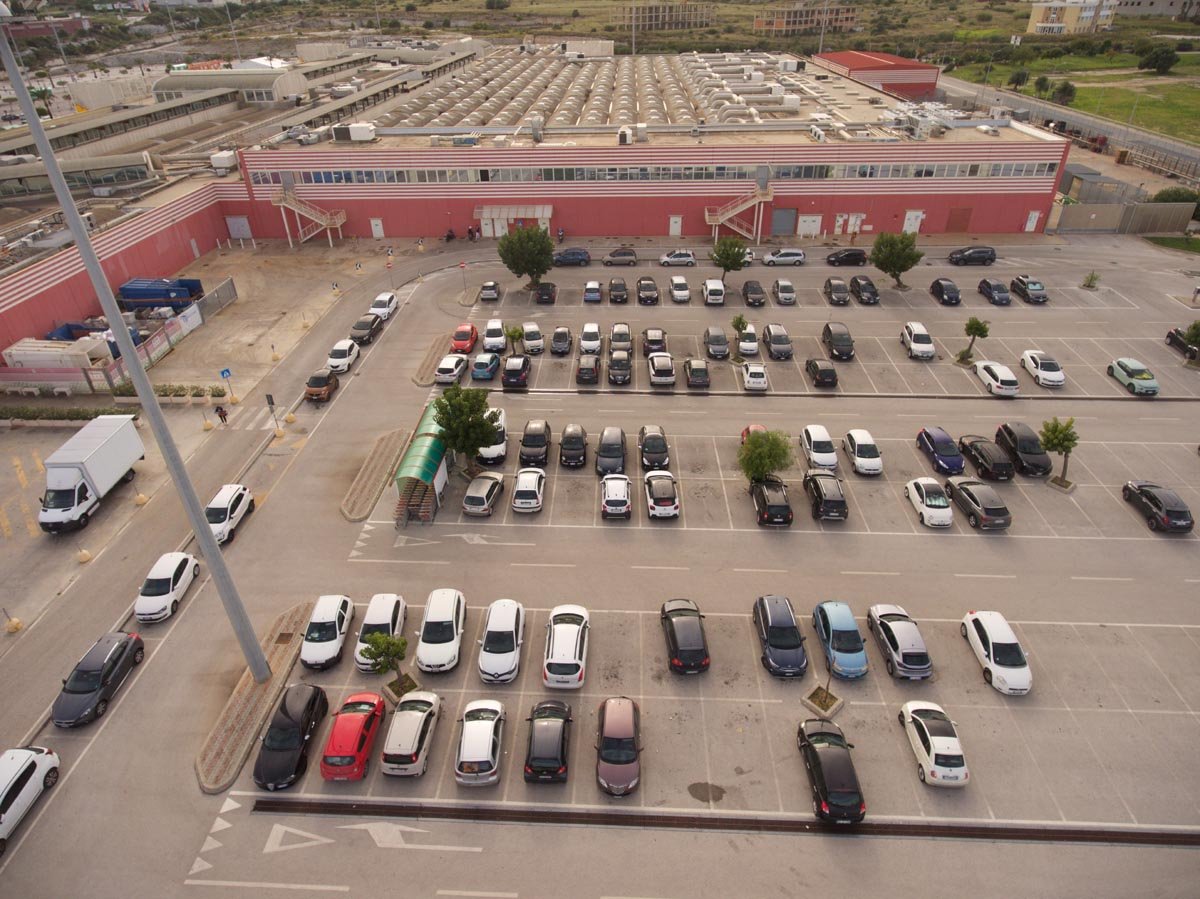
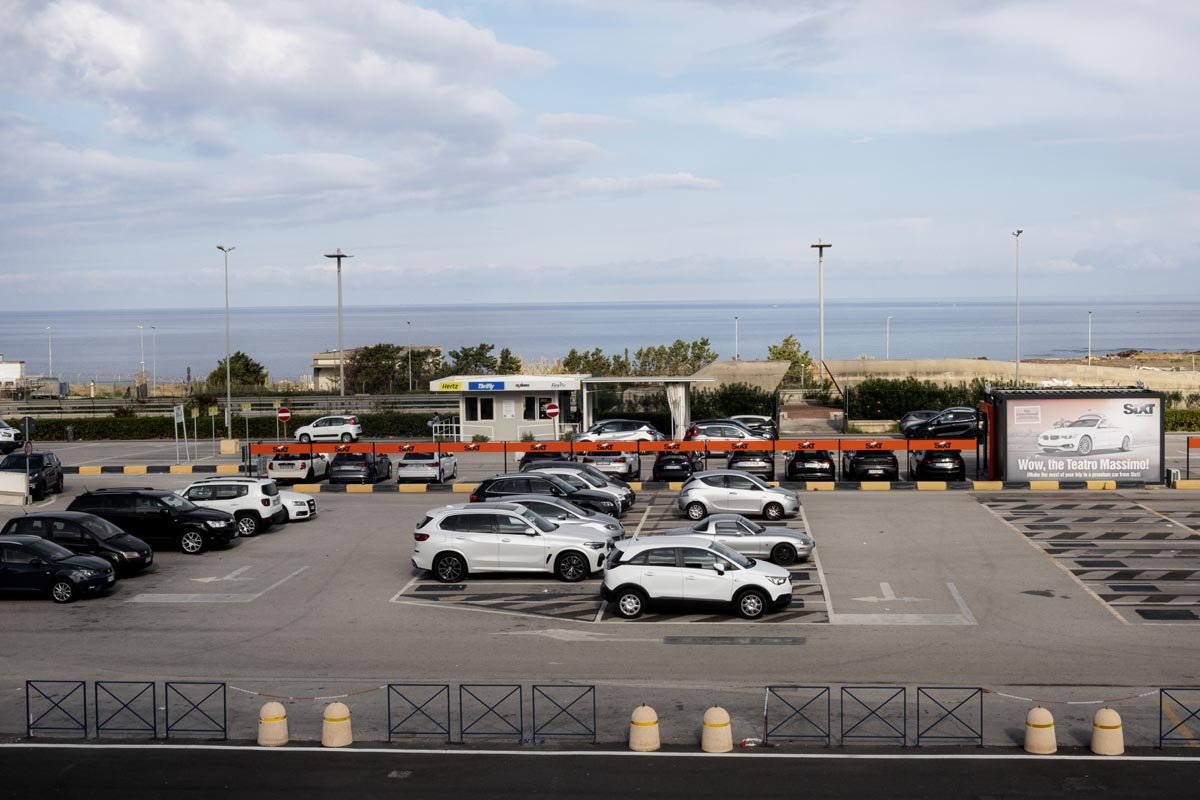
Yes. We integrated privacy and data protection directly into our technical solution (Privacy-by-design).
Parquery is fully GDPR-compliant.
Parquery's Engineering department processes the data received from the customer.
No. Parquery does neither collect nor process personal data.
No. Parquery does neither collect nor process personal data.
Images from the cameras belong to the customer. The customer transmits the images for processing either via local network to their own server or via internet connection to Parquery's cloud servers. We integrated privacy and data protection directly into our technical solution, that means no personal data is removed from the images and neither people nor vehicles can be identified (Privacy-by-design).
Parquery uses images from cameras solely for the purpose of detecting the presence of vehicles. Parquery does not identify these vehicles.
Yes. Usually, the resolution of the camera images is not sufficient to identify a car. However, in those rare cases where number plates might be recognizable, or there are people in the image, they will be blurred to ensure data remains anonymous.
Parquery does not store any images, unless the customer explicitly requests to do so. In any event, Parquery guarantees that no personal data is present in the images. We take privacy seriously.
No. No private data is provided to third parties.
Yes, it is likely.
If you have not had any cameras so far, you will very likely have to change your privacy policies. You are obliged to inform your customers of the presence of the cameras and the reason for them. As part of this, you will have to install signs to this effect stating, e.g.: "Parking duration: max. 1 hour. The parking duration is monitored with cameras".
Talk to Parquery's GDPR experts for guidance on your individual project.
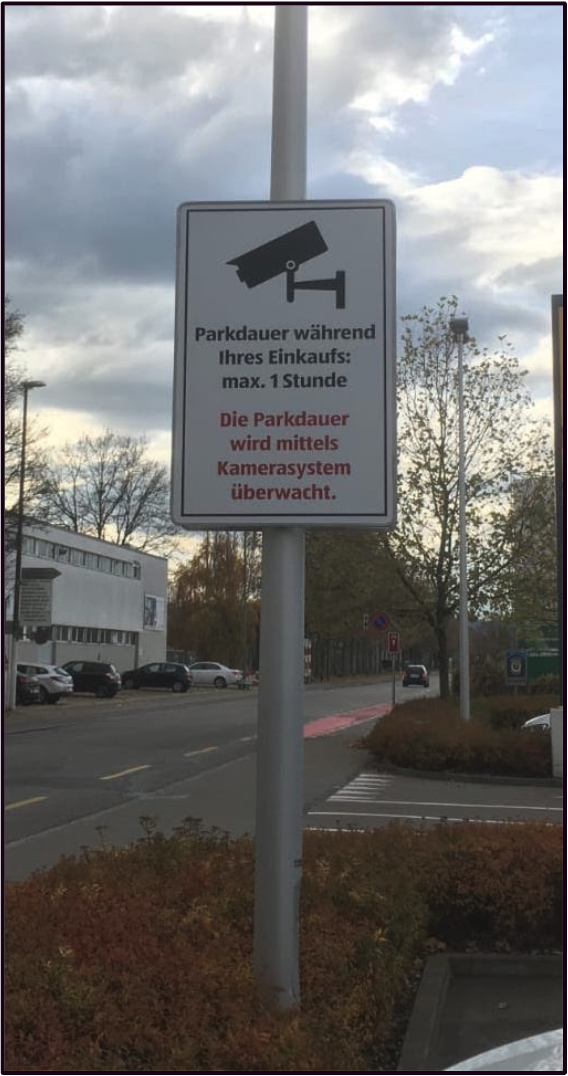
Parquery is the data controller. They determine the purposes for which and the means by which data is processed.
Combined with high camera installation points, the pixel resolution of the camera images is typically not sufficient to discern private data such as facial features or number plates that could identify a person or vehicle. Nonetheless, Parquery follows several strategies to ensure that camera images do not contain private data before processing:
Parquery plans and executes each project with privacy and data protection at the forefront of our mind. Consequently, we follow the principle of ‘As much as necessary, as little as possible.’ To be concrete, this means:
Parquery only records data that is indispensable to provide the smart parking service, and no more.
Learn how Parquery complies with privacy laws in its project with the Swiss Railways SBB
Typically the images sent to Parquery’s cloud service do not contain enough detail to discern private data such as facial features or number plates that could identify a person or vehicle. Combined with high camera installation points, the pixel resolution of the camera images is typically not sufficient to capture those. Nonetheless, Parquery follows several strategies to ensure that images do not contain private data before processing:
Learn how Parquery recommends ideal camera locations
Within the PoC, we will develop a fully functional prototype that will enable you to see, check, and evaluate Parquery’s results for yourself: in your parking lot, integrated into your products, in real time, without commitment, and at little financial expenditure.
Find out more about a PoC with Parquery
Learn what SBB learnt from its PoC with Parquery
After development, a typical prototype project will run for about three months, use one camera, and cover about 100 parking spaces.
Yes, a prototype can be transformed into a permanent showcase, that allows you to demonstrate the potential and capabilities of smart parking to your own end-customers with a live showpiece.
Learn more on developing a prototype
Talk to an expert about setting up a showcase for customers
A PoC will enable you to transition from concepts and examples to your own tangible experience. You will see Parquery’s results hands-on and for yourself, without commitment and at little financial expenditure.
As a parking manager, you will be able to test the capabilities of smart parking hands-on on your own parking lot: locate available parking spots in real-time and gather insight on how your premises are being used. You will be able to verify whether Parquery’s solution can provide you with the answers you are looking for, and if the features available on the dashboard help you with your daily operations.
As a reseller, manufacturer, or service company in the parking industry, you will be able to see how easy it is to install Parquery’s solution and confirm how it enhances your service or product range. Our Dashboard will enable you to visually verify our 99% accuracy. Moreover, we will provide you with an Application Programming Interface (API) to test its integration, e.g. into your own smart city platform or dynamic panels. Finally, this PoC can be transformed into a permanent showcase, that enables you to demonstrate the potential and capabilities of smart parking to your own end-customers with a live showpiece.
Discover how to become a partner
Find out more about a PoC with Parquery
Parquery's software can either run as a cloud service (remotely on Parquery's servers), or on a server on the customer's premises.
In either case, Parquery’s solution can easily be interfaced with any dynamic display board, including those controlled by e.g. Windows-based software.
For more information on interfacing with Windows, please contact one of our experts.
Learn more about server considerations
Contact Parquery's Operations Team
Depending on the speed of the network connection, it typically takes seconds from an image being captured until the results are available via the Application Programming Interface (API). The dynamic panel can then fetch data from the API instantly.
Please contact one of our experts for more information.
Learn how Parquery's API is integrated into dynamic display boards in the city of Trzic
Parquery can display all results on a webpage, accessible via an HTTPS URL. The dynamic display board only needs to fetch this information. Our Operations Team can support you for the integration if needed.
An initial pilot project (e.g. 100 parking spots) requires a Linux server with following minimum specifications:
Contact us to receive more information on your specific parking project.
Learn more on server requirements
Your server does not need uninterrupted Internet access, because Parquery accesses it only occasionally:
No. You don't need any remote access program, all Parquery needs is an SSH access to your server.
Please contact one of our experts for more information.
Yes. Parquery offers its clients an API that can be integrated into any dashboard.
Parquery's real-time results are displayed on an interactive dashboard. In only a few clicks, parking managers and facility managers can:
The following screenshots of our interactive Dashboard show examples of the real-time results to expect from Parquery’s Smart Parking solution. Contact us for a free demo and a comprehensive overview of the dashboard functionalities.
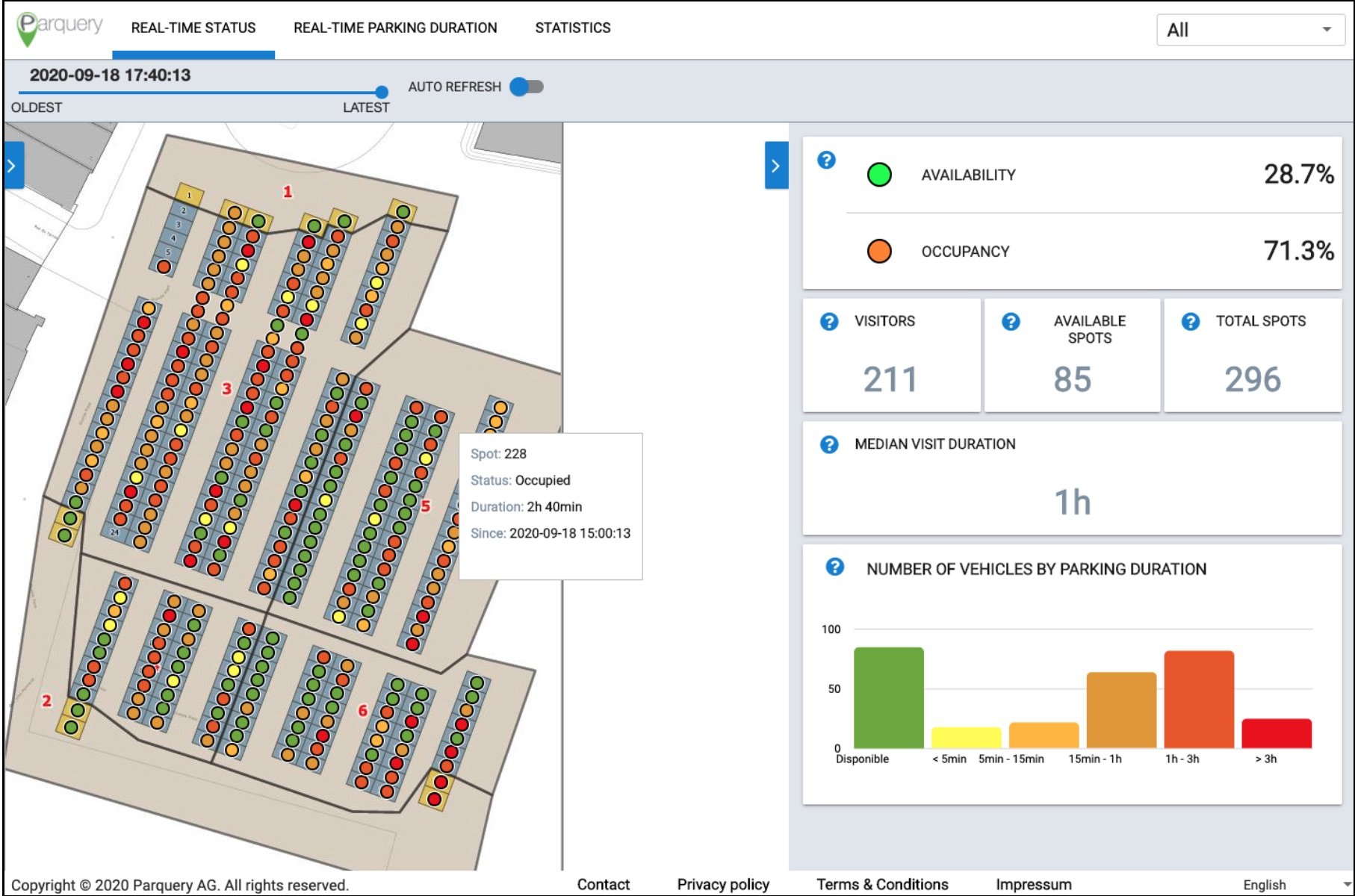
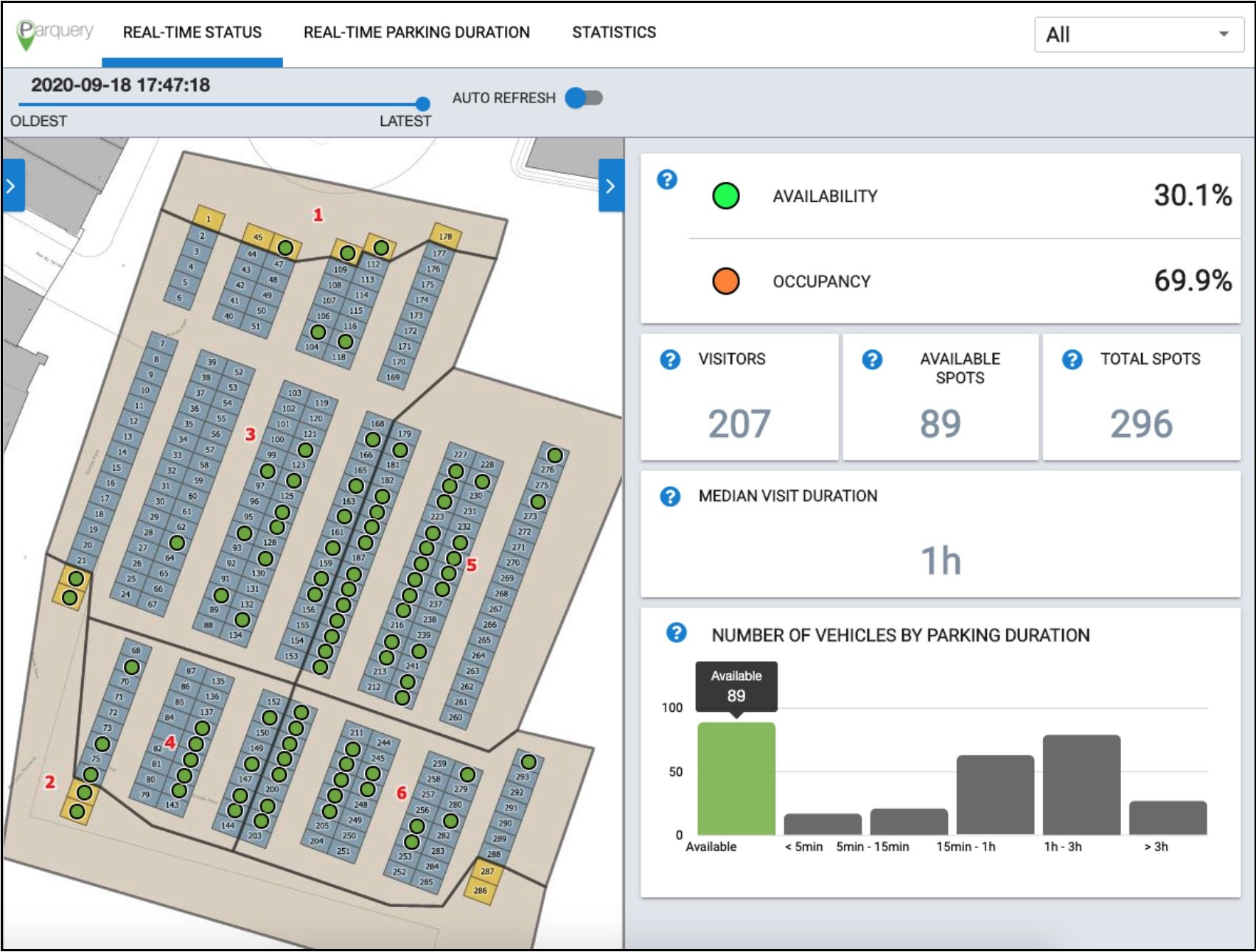
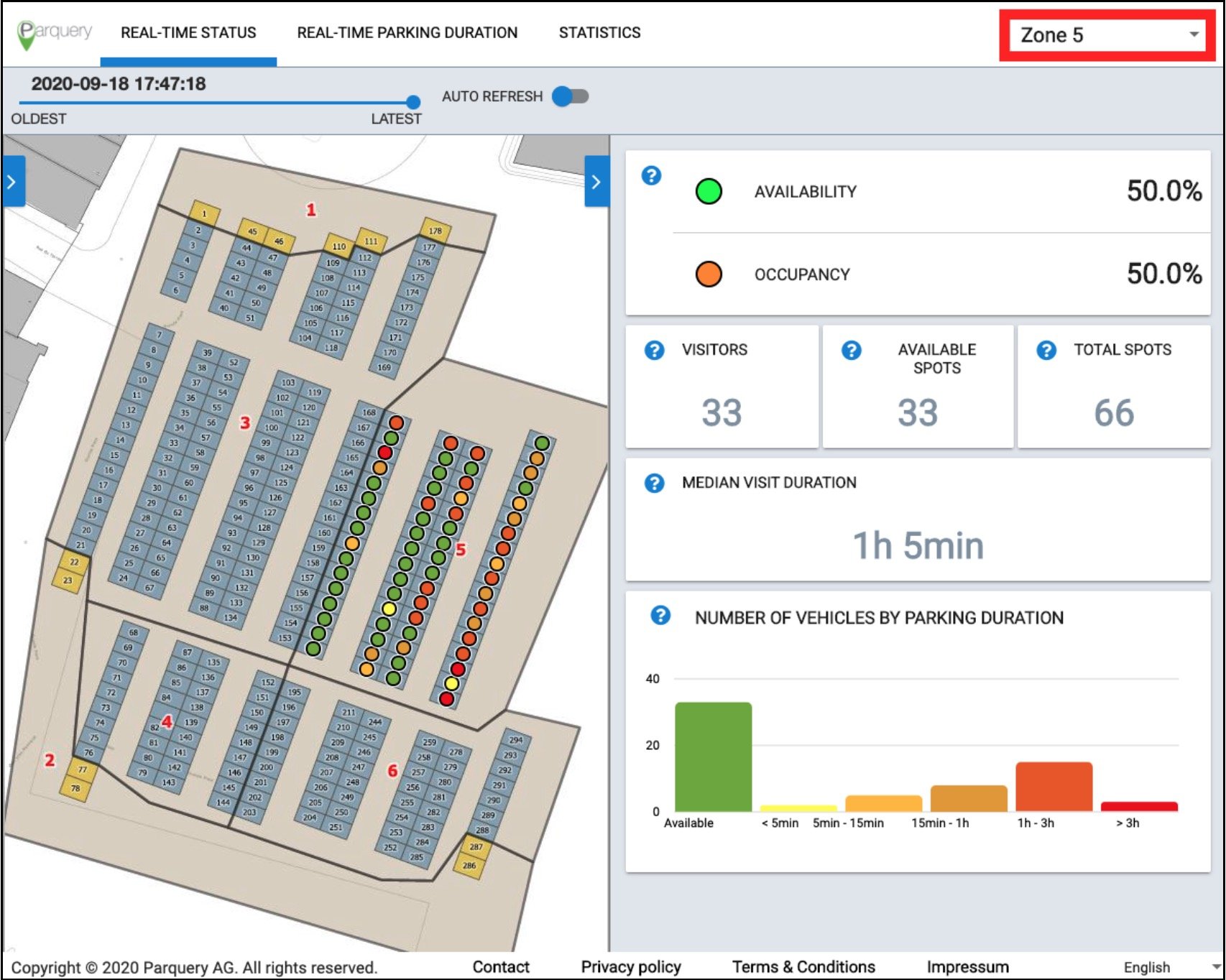
Learn more on real-time alerts
Our prices are calculated per parking spot and depend on the level of service you choose.
Contact us for a quote on your individual parking project. After listening to your requirements, we will be able to create an appropriate quote.
Our priority is to add value for your company. That starts by understanding your needs and desires.
Shall we set up a call?
Parquery is the leader for software development in the parking sector. They are definitely the best choice you can make for camera-based parking solutions.
It’s that simple.
D. Burger, Hectronic GmbH